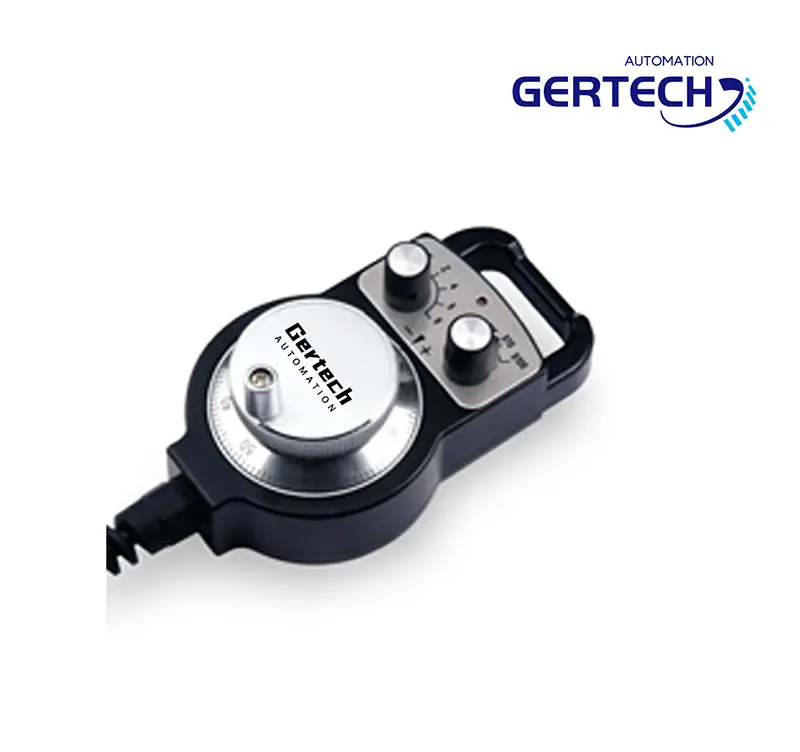
GERTECH is an technical enterprise Located in Weihai City ShanDong Province, China, has been providing Professional Industrial Automation Sensors Solutions for hundreds of enterprises all over the world since 2004. We offer the world’s broadest range of encoders for motion feedback control. For 17 years, Gertech have been providing innovative, customized system solutions for virtually any heavy-duty, industrial, servo- or light-duty application,and is committed to our people, customers and community and strives for excellence in safety, quality, delivery and customer service.
Gertech Manufactures and supplies safety systems for the door and gate market. The product portfolio includes optical and pneumatic sensing edges, bumpers, and photo-eye sensors which meet international standards for safety devices. These products have applications in commercial, bus, and train doors as well as production machines.
Our Main Products: A. Incremental Encoder; B. Programmable Incremental Encoder; C. Single-turn and multi-turn Absolute Encoder with Parallel, SSI, Modbus, Profibus, Canopen, Profinet, DeviceNet and EtherCaAT interfaceS; D. Draw Wire Encoder; E. Manual Pulse Generator; F. Optical Encoder Kit; G. Servo motor encoder;
Encoder with PROFINET interface has filled a gap in domestic market in China.
view moreCertificates
product
Our Main Products: Incremental Encoder, Absolute Encoder, Draw Wire Sensor, Manual Pluse Generator, Servo Motor Encoder etc.
- Incremental Encoder
- Absolute Encoder
- Draw Wire Sensor
- Manual Pluse Generator
- Servo Motor Encoder
our projects
Gertech Sensors are widely applied in the textile machinery, hoisting cranes, CNC machine, experimental machine and so on.
-

Wind Power Generation
-

Water Conservancy Project
-

Hoisting Cranes
-

CNC Machine
-

Textile Machinery
-

Aeronautical And Space Industry
-

Who We Are
GERTECH is an technical enterprise Located in Weihai City ShanDong Province, China.
-

Main Products
Our Main Products: Industrial Rotary Encoder, Inductive Proximity Sensor, Capacitive Proximity Sensor etc.
-

Application
Gertech Sensors are widely applied in the textile machinery, hoisting cranes, CNC machine, experimental machine and so on.



























































